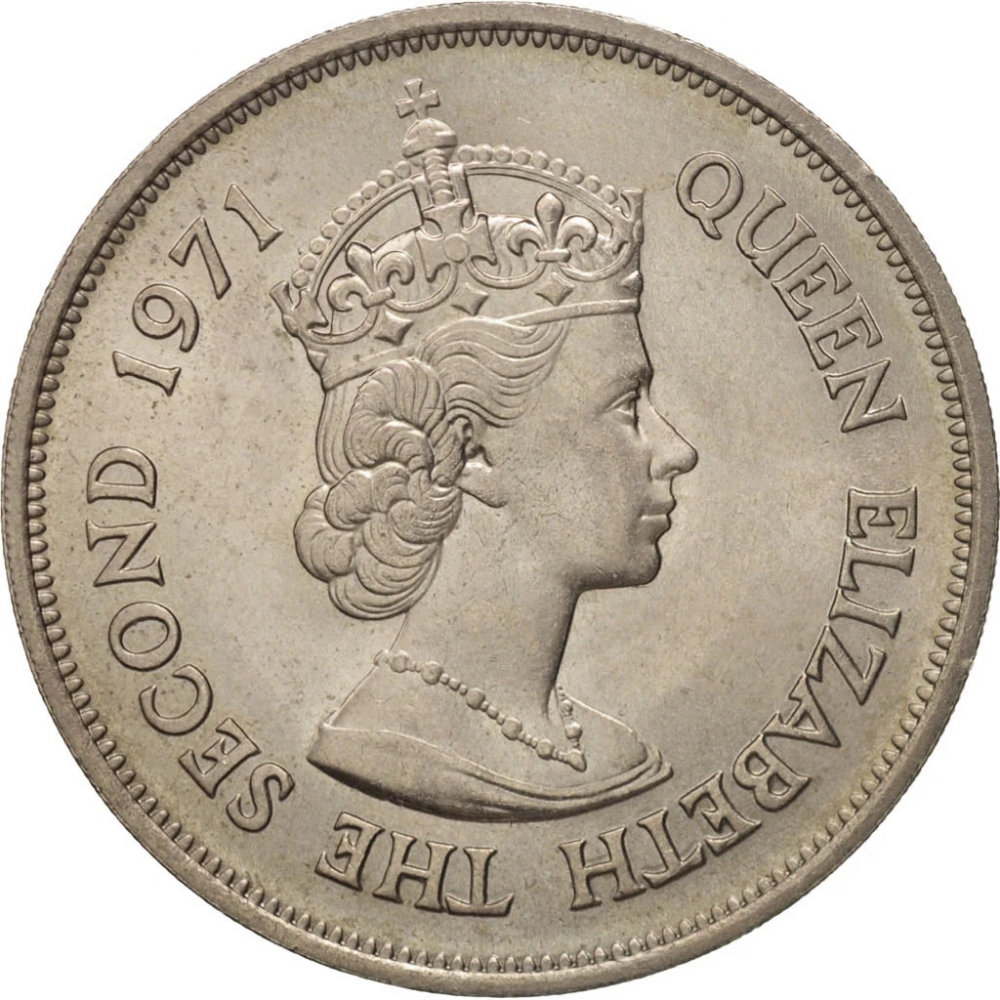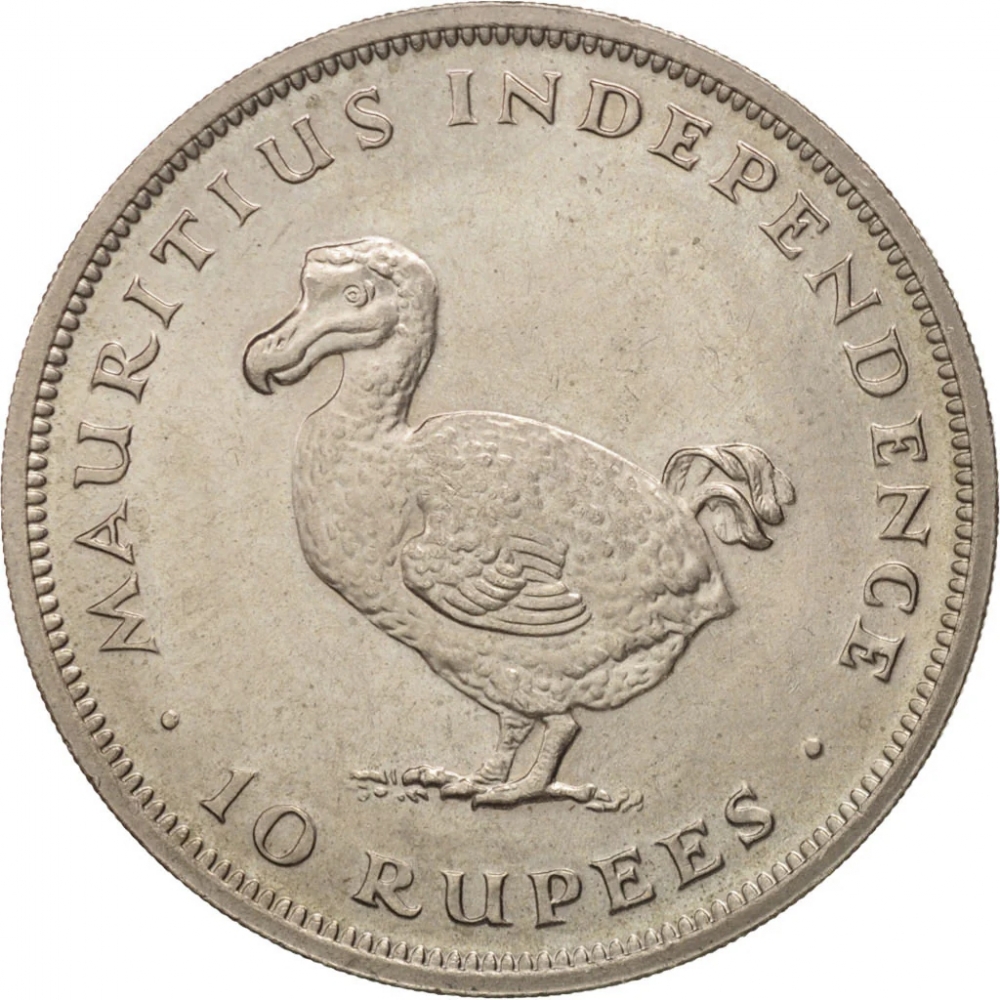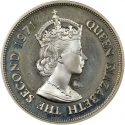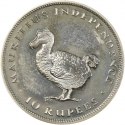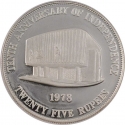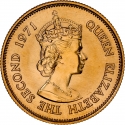You are about to finish your registration. Please check your mailbox (including spam folder). There should be a letter with a confirmation link. Check setting to make sure that your e-mail address is correct.
Send letter againDescription
British Mauritius was a British crown colony. Formerly part of the French colonial empire, the crown colony of Mauritius was established after a British invasion in 1810 and the subsequent Treaty of Paris that followed. It later gained independence as a Commonwealth realm on 12 March 1968.
Mauritius gained independence from the United Kingdom on 12 March 1968. The independence process was the culmination of a long struggle involving a number of political parties. Most notably the Mauritius Labour Party (MLP) and the Parti Mauricien Social Démocrate (PMSD).
In 1960, Harold Macmillan had made his famous "Wind of Change Speech" in the Parliament of South Africa in Cape Town in which he acknowledged that the best option for Britain was to give complete independence to its colonies. Thus, since the late fifties, the way was paved for independence. The General Election was held in 1967 with the pro-independence coalition of political parties winning 54% of the vote. Following the 1967 election the newly formed Mauritian government government was formed and passed an independence bill in the Mauritian Parliament.: 102 Mauritius experienced a period of instability in the days running up to the declaration resulting in the 1968 Mauritian riots before order was restored by the British authorities. On 12 March 1968 independence was officially declared at a ceremony at the Champ de Mars Racecourse.
Obverse

|
First crowned portrait of HM Queen Elizabeth II facing right, wearing the stylized heraldic Tudor Crown with date. QUEEN ELIZABETH THE SECOND 1971 |
|---|---|
Reverse

|
Depicts a dodo bird facing left enclosed by country name above and denomination below. MAURITIUS INDEPENDENCE |
| Edge |
10 Rupees
1st portrait
KM# 38 Schön# 38
Characteristics
| Type | Commemorative Issue (Non-circulating) |
| Material | Cupronickel |
| Weight | 17.6 g |
| Diameter | 35 mm |
| Thickness | - |
| Shape |
|
| Alignment | Medal |
| Mint |
Royal Mint
|
